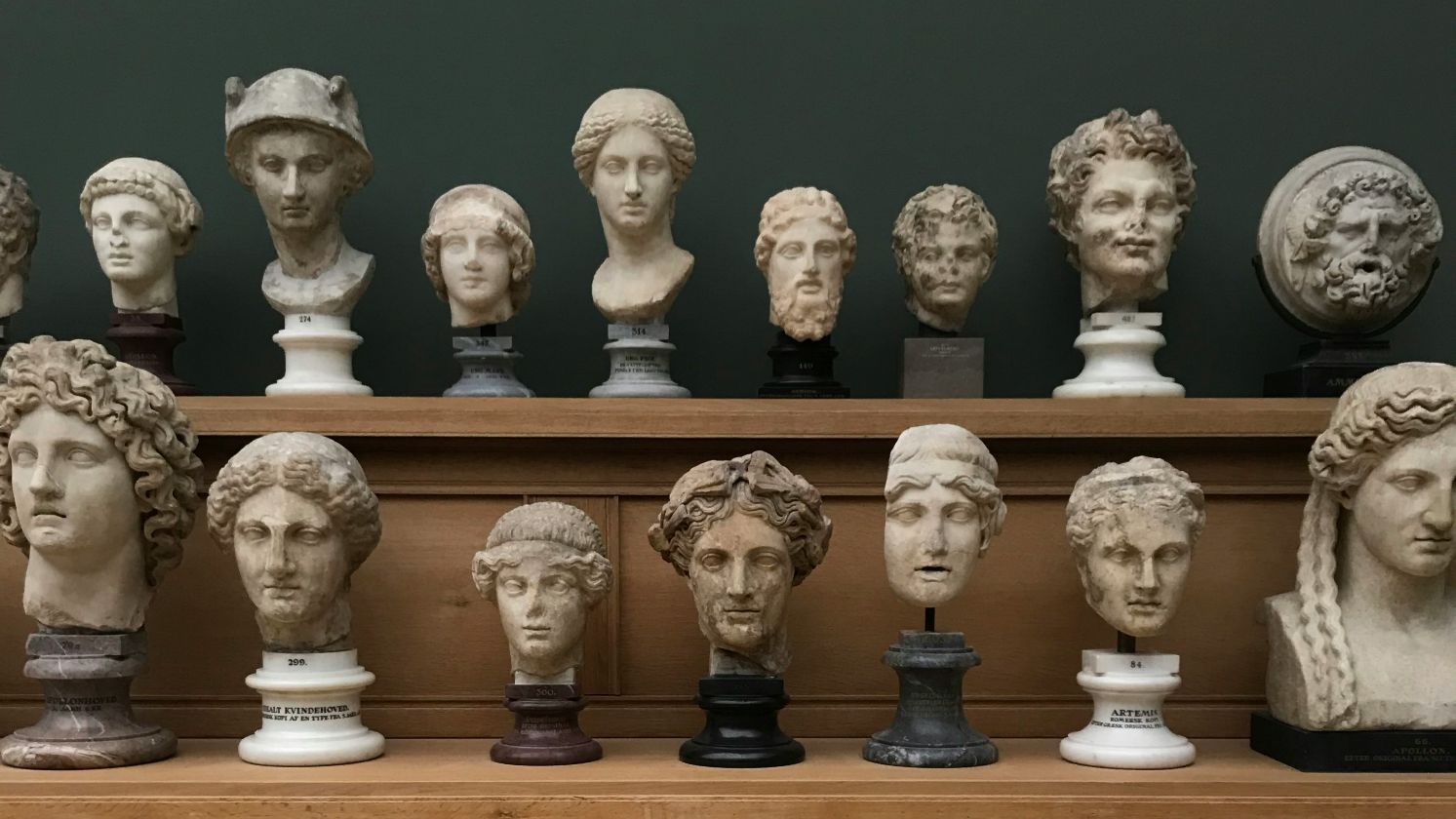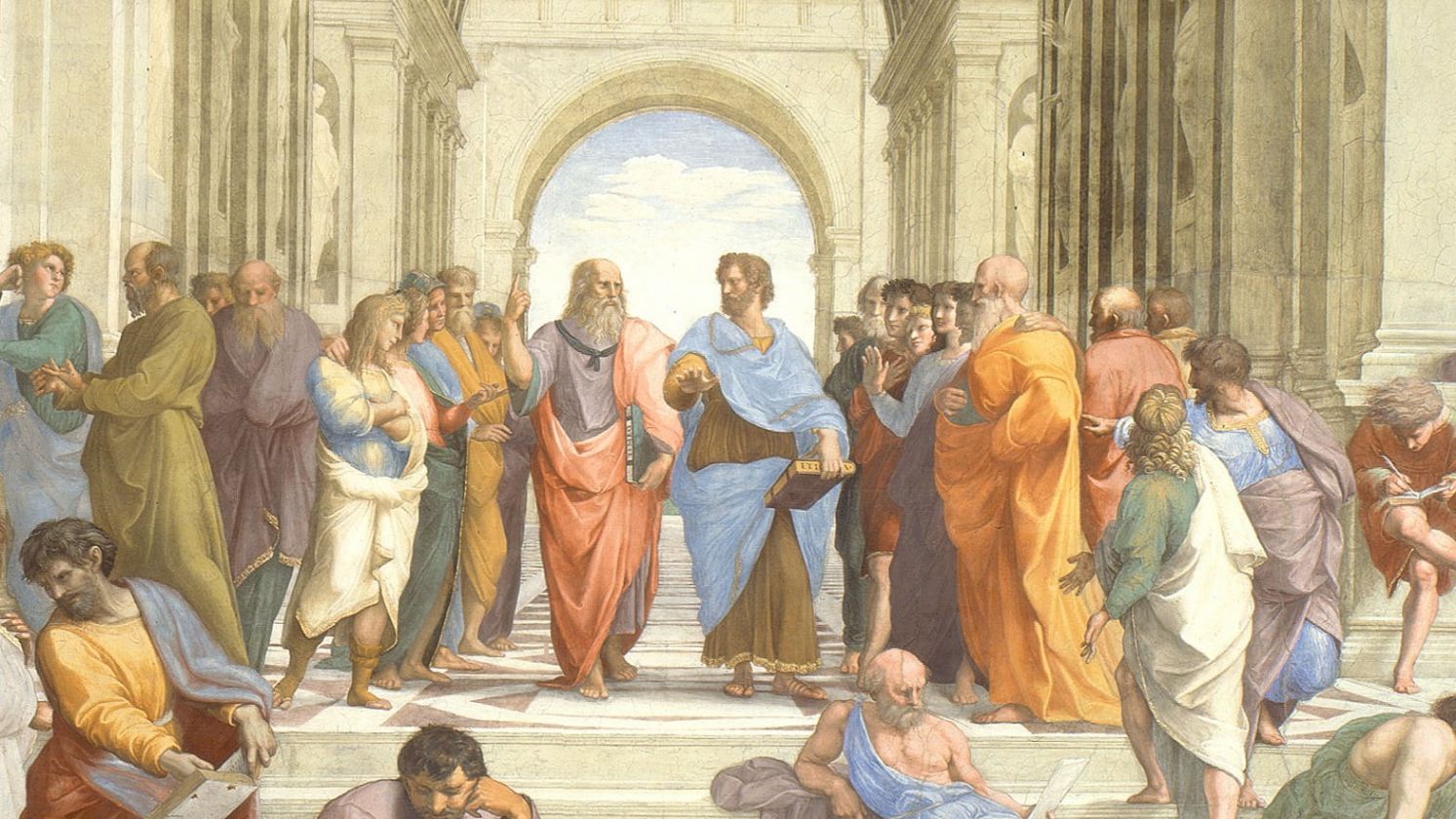Overshadowed Minds With Underrated Impact
History often spotlights the loudest voices, leaving quieter but equally brilliant figures in the shadows. While some changed the course of science, politics, or culture, their names rarely make it into textbooks or trivia nights—until now! This list brings overdue recognition to 20 individuals whose contributions were critical but remain underappreciated.
 Unknown authorUnknown author on Wikimedia
Unknown authorUnknown author on Wikimedia
1. Rosalind Franklin (1920–1958)
Her X-ray diffraction images of DNA provided the critical evidence needed to reveal the molecule's double helix structure. While Watson and Crick received global recognition, Franklin's data was shared without her permission. A pioneer in molecular biology, her work on viruses was also groundbreaking.
2. Ignaz Semmelweis (1818–1865)
While working in a Vienna maternity ward, Semmelweis noticed that doctors who washed their hands drastically reduced deaths from childbed fever. Laughed off by peers who didn't believe invisible "germs" could kill, he was later institutionalized and died tragically. Today, he's recognized as a founding figure in antiseptic practices.
 Auguste Alexis Canzi on Wikimedia
Auguste Alexis Canzi on Wikimedia
3. Nikola Tesla (1856–1943)
Although his name recognition has certainly seen an uptick in recent years, Tesla was often overshadowed by other figures. Tesla patented over 300 inventions, including alternating current (AC) and the Tesla coil. Unlike Edison, who focused on profit, Tesla pursued innovation for humanity's advancement. He envisioned wireless global energy and experimented with X-rays and radio waves before dying alone in a New York hotel room.
4. Sybil Ludington (1761–1839)
One stormy night in 1777, 16-year-old Sybil rode 40 miles through the dark woods of Putnam County, New York, warning colonial militias of British advancement. Her ride was nearly double that of Paul Revere's, yet her contributions to the Revolutionary War are rarely taught in American classrooms.
 Anthony22 (photograph)Anna Hyatt Huntington (statue) on Wikimedia
Anthony22 (photograph)Anna Hyatt Huntington (statue) on Wikimedia
5. Katherine Johnson (1918–2020)
She calculated the flight trajectory for John Glenn's historic orbit and helped ensure the success of the Apollo 11 moon landing. Working at NASA during segregation, she shattered racial and gender barriers. Her story came to light only recently, thanks to the film Hidden Figures.
6. Mary Anning (1799–1847)
As a poor, self-taught woman in 19th-century England, Anning unearthed the first complete ichthyosaur and several other Jurassic-era fossils. Even though her discoveries fueled major debates in early paleontology, scientific societies excluded her from membership.
7. Claudette Colvin (b. 1939)
Before Rosa Parks, Colvin refused to give up her bus seat to a white passenger. She was arrested, and though her case could've been pivotal, civil rights leaders hesitated to champion her. Despite testifying in Browder v. Gayle, she was long left out of the narrative.
8. Ching Shih (1775–1844)
Once married to a pirate captain, Ching Shih took over his fleet after his death and led 70,000 pirates in the South China Sea. Not only did she enforce a strict code of conduct, but she also defeated the Chinese Navy and eventually retired with government honors.
 AnonymousUnknown author on Wikimedia
AnonymousUnknown author on Wikimedia
9. Lewis Latimer (1848–1928)
Born to escaped enslaved people, Latimer became a master draftsman and inventor. He improved carbon filaments in light bulbs, making them last longer, worked closely with Bell on the telephone patent, and wrote one of the first textbooks on electric lighting.
 Unknown authorUnknown author on Wikimedia
Unknown authorUnknown author on Wikimedia
10. Noor Inayat Khan (1914–1944)
As a wireless operator for the British Special Operations Executive during WWII, Noor sent vital intelligence to Allied forces. Captured by the Gestapo, she endured months of torture without betraying her comrades. Executed at Dachau, her last word was reportedly "Liberté."
 Unknown authorUnknown author on Wikimedia
Unknown authorUnknown author on Wikimedia
11. Hypatia Of Alexandria (c. 350–415 CE)
Hypatia led the Neoplatonist school in Alexandria, mentoring scholars across the empire. She refined astrolabes, wrote treatises on conic sections, and was admired for her intellect and dignity. Tragically, her life ended in a political-religious conflict.
12. Sigrid Undset (1882–1949)
Her Kristin Lavransdatter trilogy depicted medieval Norwegian life through a deeply human lens and challenged gender roles and faith. After winning the Nobel Prize, she fled Nazi-occupied Norway and became an advocate for Jewish refugees.
13. Henrietta Lacks (1920–1951)
Her cervical cancer cells, taken during treatment without consent, became the first immortal human cell line—HeLa. These cells were used to develop the polio vaccine, cancer treatments, and gene mapping. Yet her family remained unaware for decades.
14. Walter Rodney (1942–1980)
Through speeches and writings, Rodney challenged Western narratives about Africa's development. His landmark book, How Europe Underdeveloped Africa, exposed the economic exploitation of colonization. A vocal advocate for the poor, he was assassinated in Guyana at just 38.
 Ursula Engelhardt on Wikimedia
Ursula Engelhardt on Wikimedia
15. Wangari Maathai (1940–2011)
Founding the Green Belt Movement in Kenya, she mobilized women to plant over 50 million trees. Despite being jailed and beaten, she remained outspoken about democracy, sustainability, and women's rights. Maathai's environmental legacy has influenced climate activism across Africa and beyond.
 Prime Minister's Office on Wikimedia
Prime Minister's Office on Wikimedia
16. Grace Hopper (1906–1992)
One of the first programmers of the Harvard Mark I, Hopper created the first compiler and helped develop COBOL. A ranked official in the U.S. Navy, she famously traced a glitch to an actual moth in the machine, which gave rise to the term "debugging."
17. Hedy Lamarr (1914–2000)
In between starring in 1940s films, Lamarr co-invented a spread-spectrum frequency system to prevent torpedo signal jamming during WWII. Though the Navy ignored it, the tech later became vital to Bluetooth and Wi-Fi. She never saw a dime from her invention while alive.
 Los Angeles Times on Wikimedia
Los Angeles Times on Wikimedia
18. John Snow (1813–1858)
When cholera devastated London, Snow removed a pump handle on Broad Street to stop the outbreak—one of the first acts of evidence-based public health. Though mocked at first, his work marked a turning point in urban sanitation and epidemiology, eventually saving millions.
 Materialscientist on Wikimedia
Materialscientist on Wikimedia
19. Zitkála-Šá (1876–1938)
A Yankton Sioux writer and activist, she used storytelling and opera to preserve Native American culture while fighting assimilation policies. She co-founded the National Council of American Indians and advocated for Indigenous rights at a time when such resistance was rare and dangerous.
 Unknown authorUnknown author on Wikimedia
Unknown authorUnknown author on Wikimedia
20. Benjamin Banneker (1731–1806)
Largely self-taught, Banneker built a working clock entirely out of wood and published six almanacs filled with astronomical and weather predictions. He famously wrote to Thomas Jefferson, challenging his views on slavery. Despite his achievements, his name is rarely mentioned in the history of science.
 The original uploader was Kelson at French Wikipedia. on Wikimedia
The original uploader was Kelson at French Wikipedia. on Wikimedia
KEEP ON READING

20 Of History's Greatest Forgotten Empires
Rome Wasn't The Only One That Fell. In the annals…
By Emilie Richardson-Dupuis Jul 31, 2025
The 20 Most Famous Roman Gods & Goddesses
By Jove, That's A Lot Of Gods!. How many Roman…
By Ashley Bast Jul 30, 2025
20 Greatest "I'll Do It Myself" Moments in History
When There’s a Will, There’s a Way. With all the…
By Farva Ivkovic Jul 29, 2025
20 Times The British Monarch Was Embroiled In Scandal
No Amount Of Money & Influence Could Cover These Up.…
By Emilie Richardson-Dupuis Jul 29, 2025
A Brilliant Mind: 20 Facts About Aristotle, History's Greatest Thinker
The Man Behind The Mind. Known as one of the…
By Ashley Bast Jul 28, 2025
The 20 Oldest Statues In The World
History That Literally Stands Still. We see statues, admire them,…
By David Davidovic Jul 25, 2025









